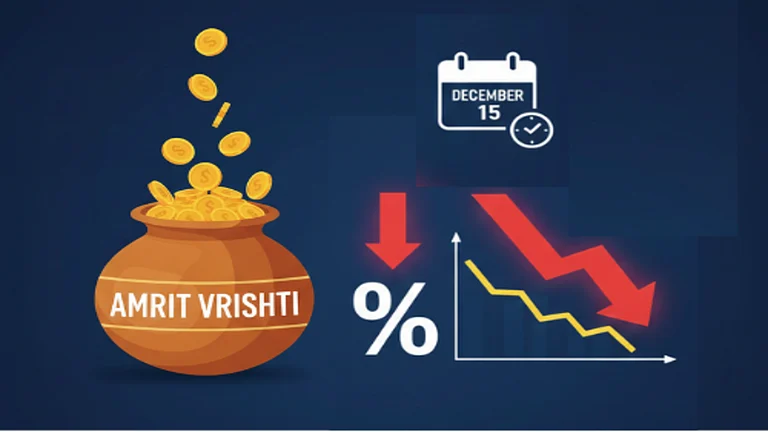People invest in FDs because they are one of the safest investment products that are also the simplest to understand, and for the same reasons, senior citizens also like them very much. The interest in an FD investment remains the same for the entire investment period. But how does a fall in the interest rate impact an investor when the interest rate doesn’t change? Change in the interest rate impacts such investors who plan to make a new investment in the FDs or those whose FD investments are about to mature after the reduction in the interest rate, and they want to renew the maturity corpus. Here’s what FD investor can do to reduce the impact of a cut in interest rates.
Invest In Small Finance Banks (SFBs) FDs
FD rates offered by most of the SFBs are usually higher than the large banks. If you are looking to make a new investment, you may choose an FD with an appropriate tenure in the SFBs. One of the concerns of the investors when they invest with SFB is the safety of their funds. Like large banks, a deposit of up to Rs 5 Lac in a bank (including SFBs and large banks) is insured by the Deposit Insurance and Credit Guarantee Scheme (DICGC). So, you can keep your exposure below Rs 5 Lac when investing in an FD with any of the SFBs. If you want to invest more than Rs 5 Lac, then you may diversify your investment to more than one SFB.
You can also choose SFB to invest your corpus, which is going to mature in the near future.
Use FD Laddering Option
FD laddering means splitting your corpus into multiple parts and investing them in FDs of different maturities. On maturity of subsequent FDs, you can reinvest the maturity proceeds into an FD with maturity at a future date, or you can withdraw the same for your use. FD laddering allows you to continue investing at the prevailing interest rate, thereby benefiting quickly when the rate starts increasing again. FD laddering works equally well for new investors as well as existing investors who want to renew their matured FDs.
Diversify Investment To Other Safe Avenues
There are a few good alternatives to FD investment in the market. For example, you can explore small savings schemes such as Public provident Fund (PPF), National Savings certificate (NSC), Senior Citizen Savings Scheme (SCSS) and the post office deposit scheme that may offer a good return till their interest is reduced as well. Interest on the small savings scheme ranges around 7.10 to 8.2 per cent, depending on the type of instruments you select.
You may also put a portion of your corpus into low-risk mutual fund schemes such as Debt Funds, arbitrage fund, FMP, etc. However, the return in mutual funds is subject to market risk, and they are not guaranteed like bank FDs or the small savings scheme.
Finally
What would you prefer when investing money in a low-risk instrument, 8 per cent interest rate when the prevailing inflation rate is 6 per cent for a 6 per cent interest rate when the prevailing inflation rate is 4 per cent? Think about it!
Despite lower interest rates, bank FDs can still be an attractive investment avenue for senior investors, till the inflation rate is also low and the FDs have the potential to offer a positive real rate of return.
The author is an independent financial journalist


















